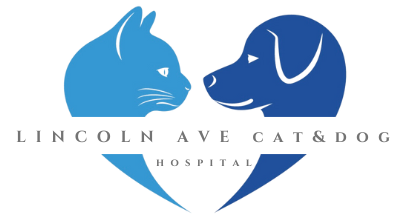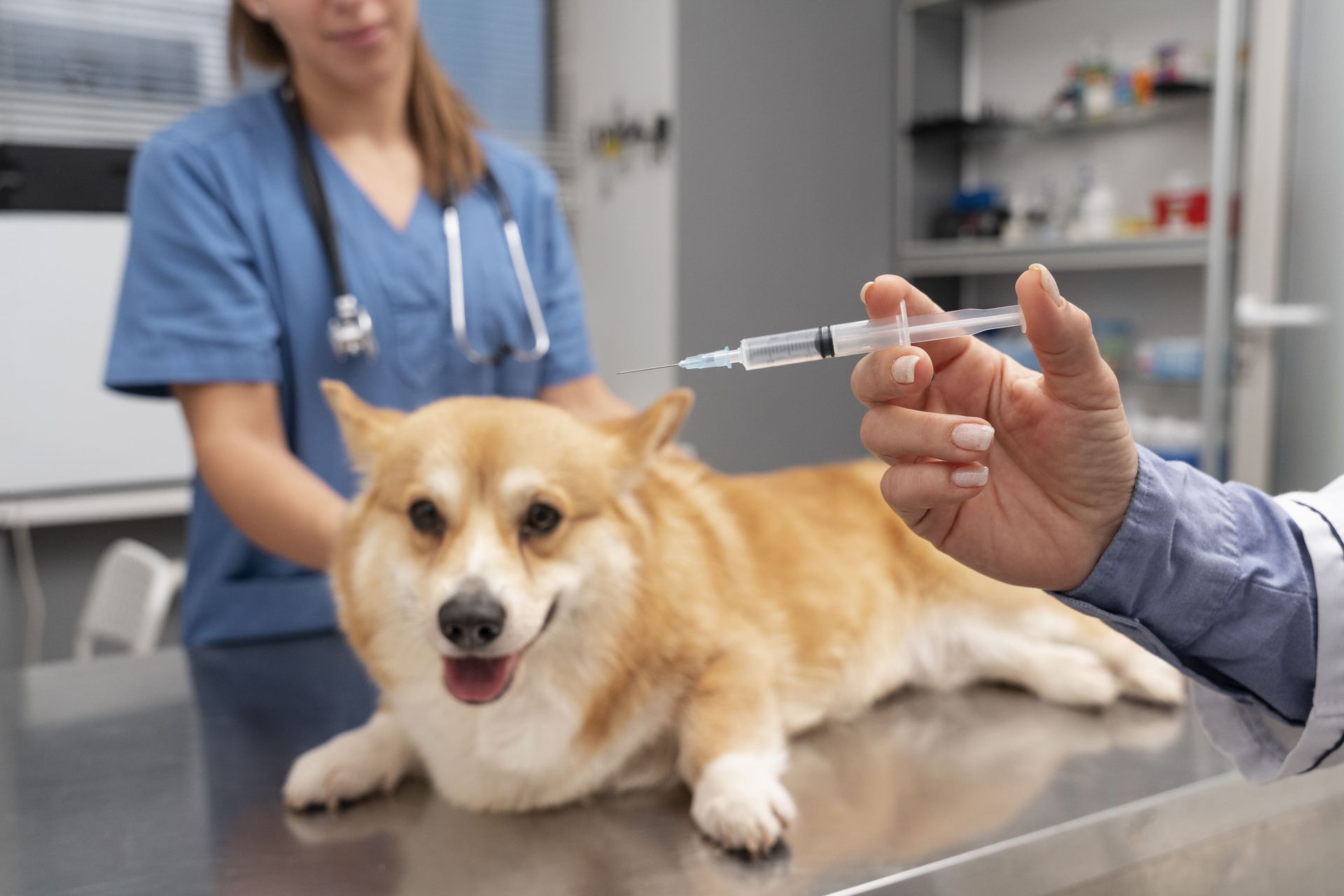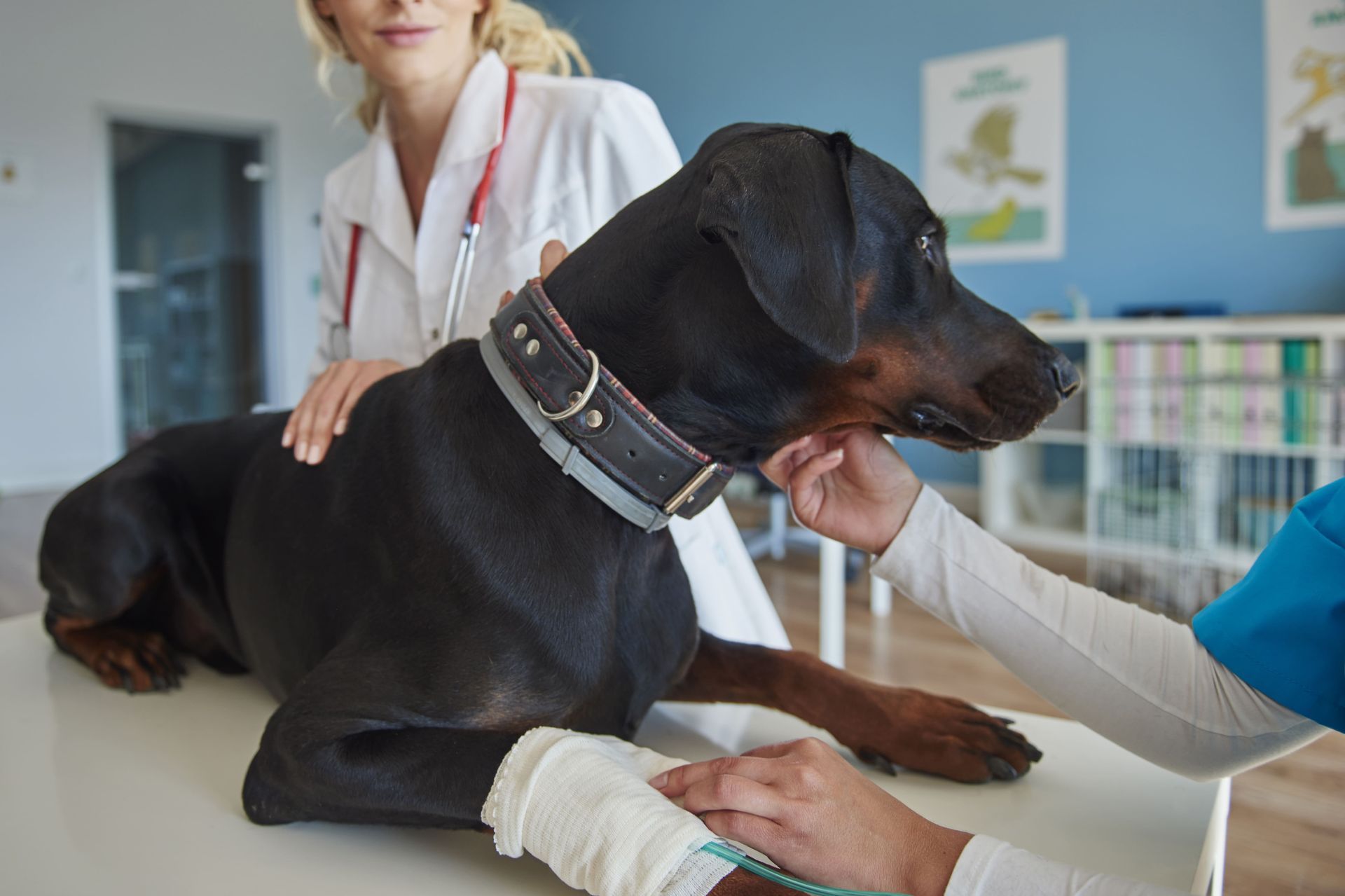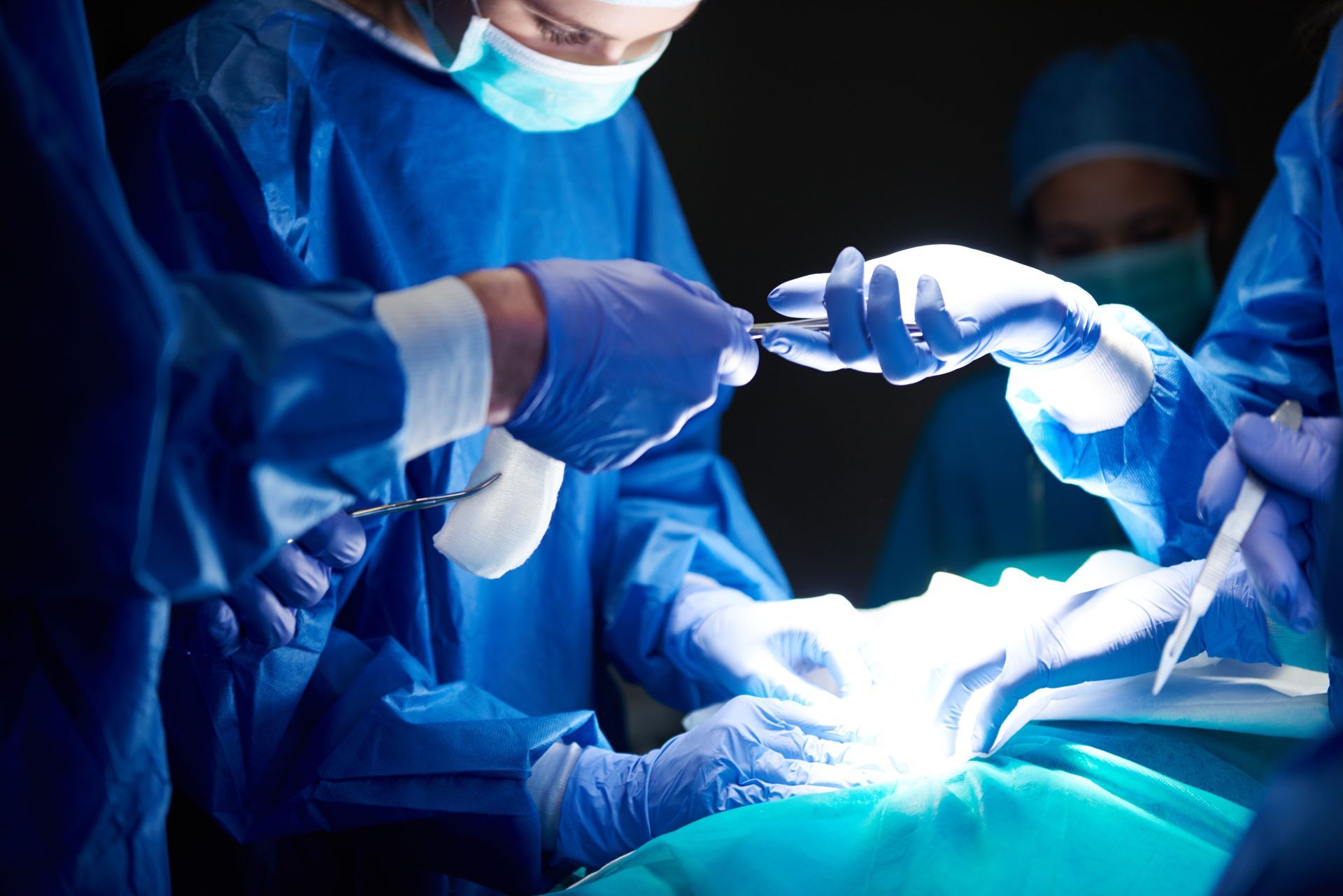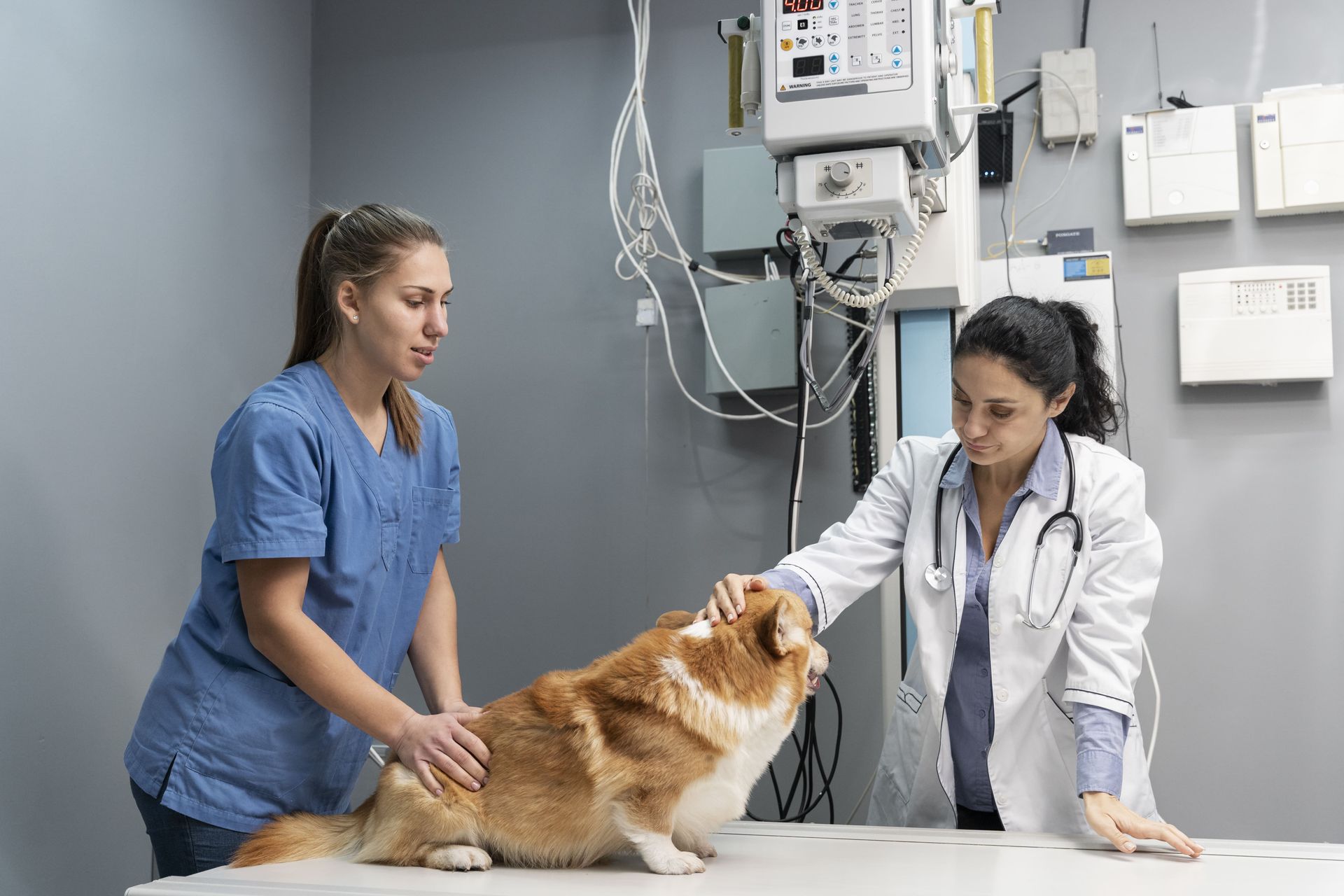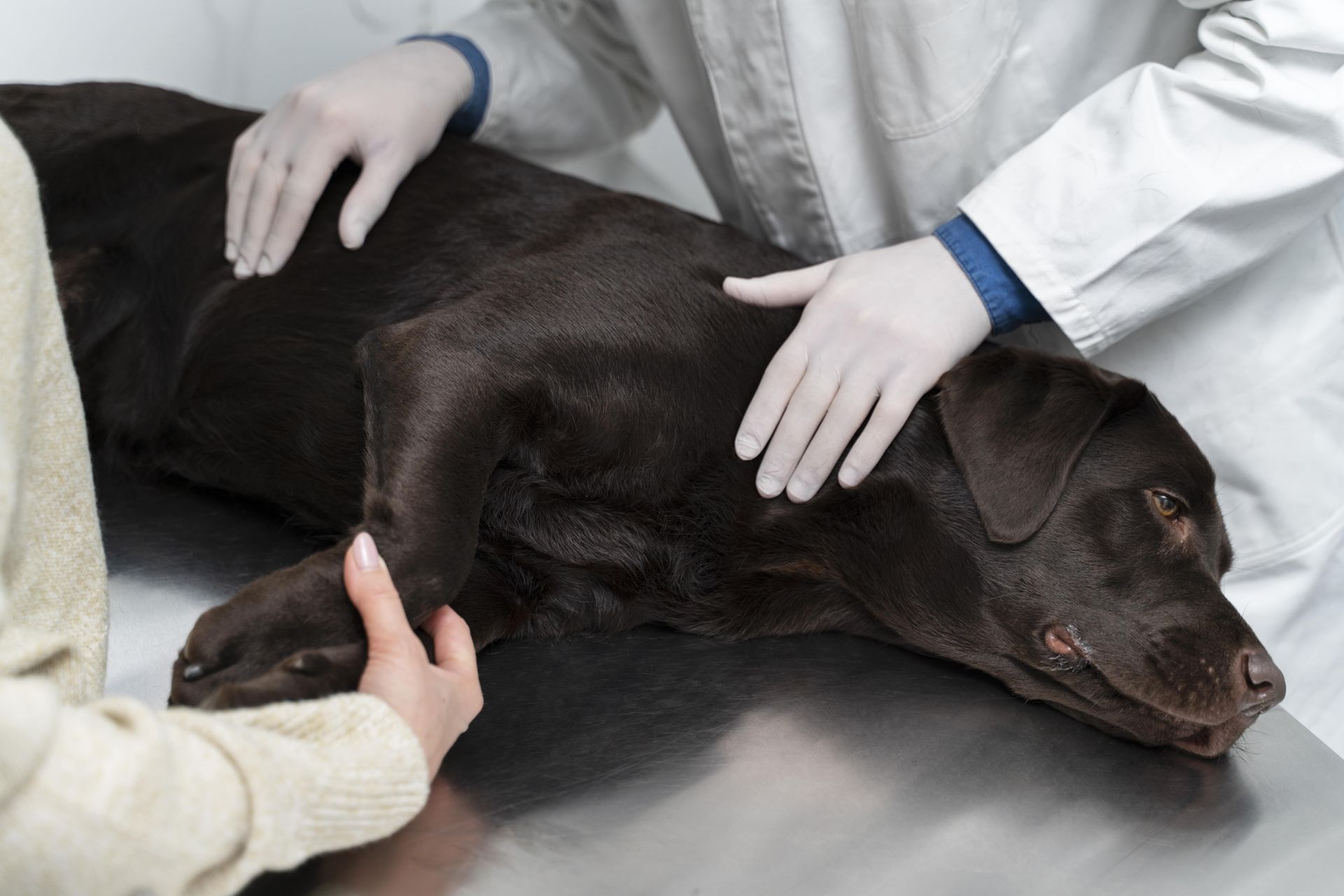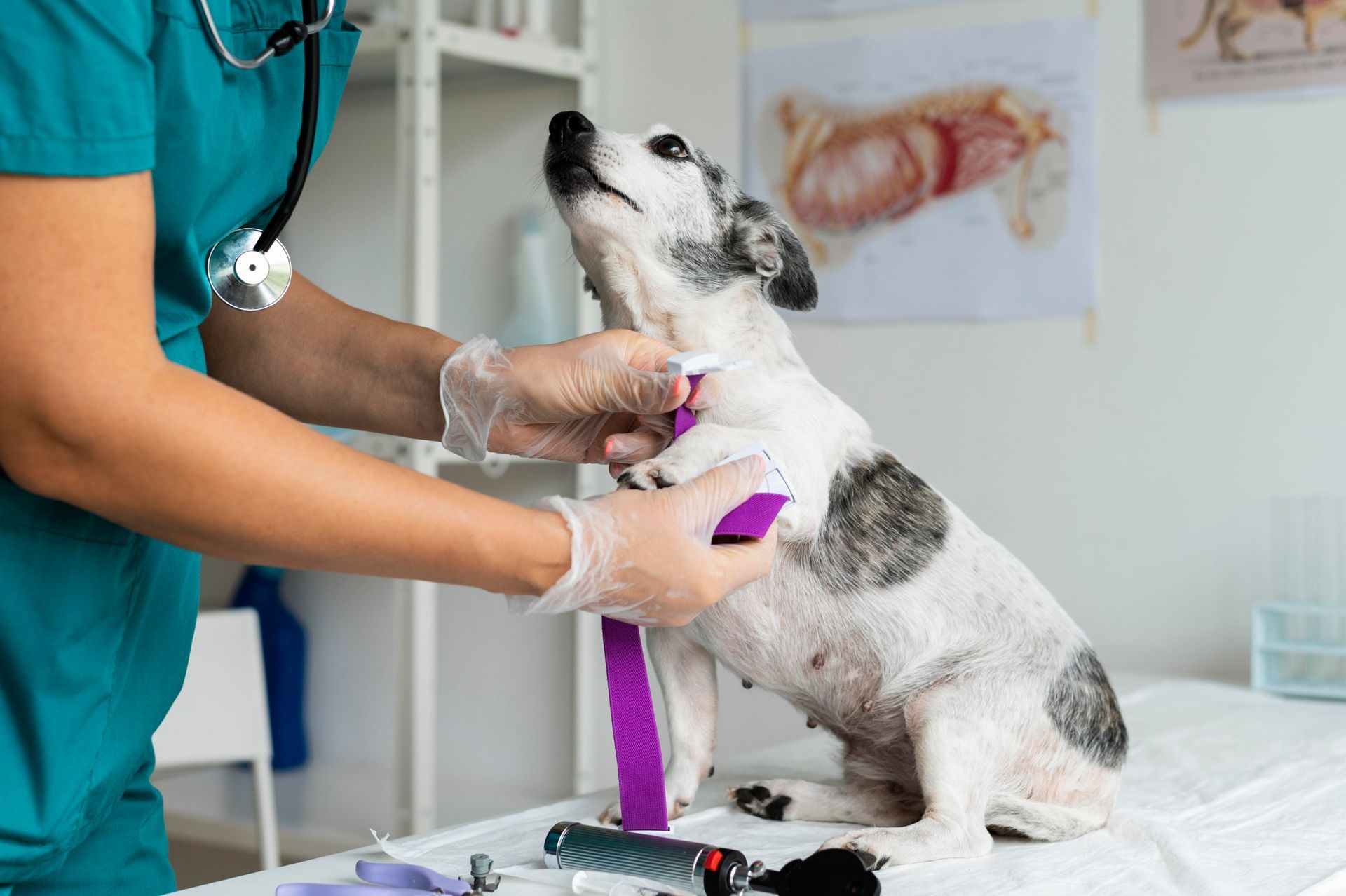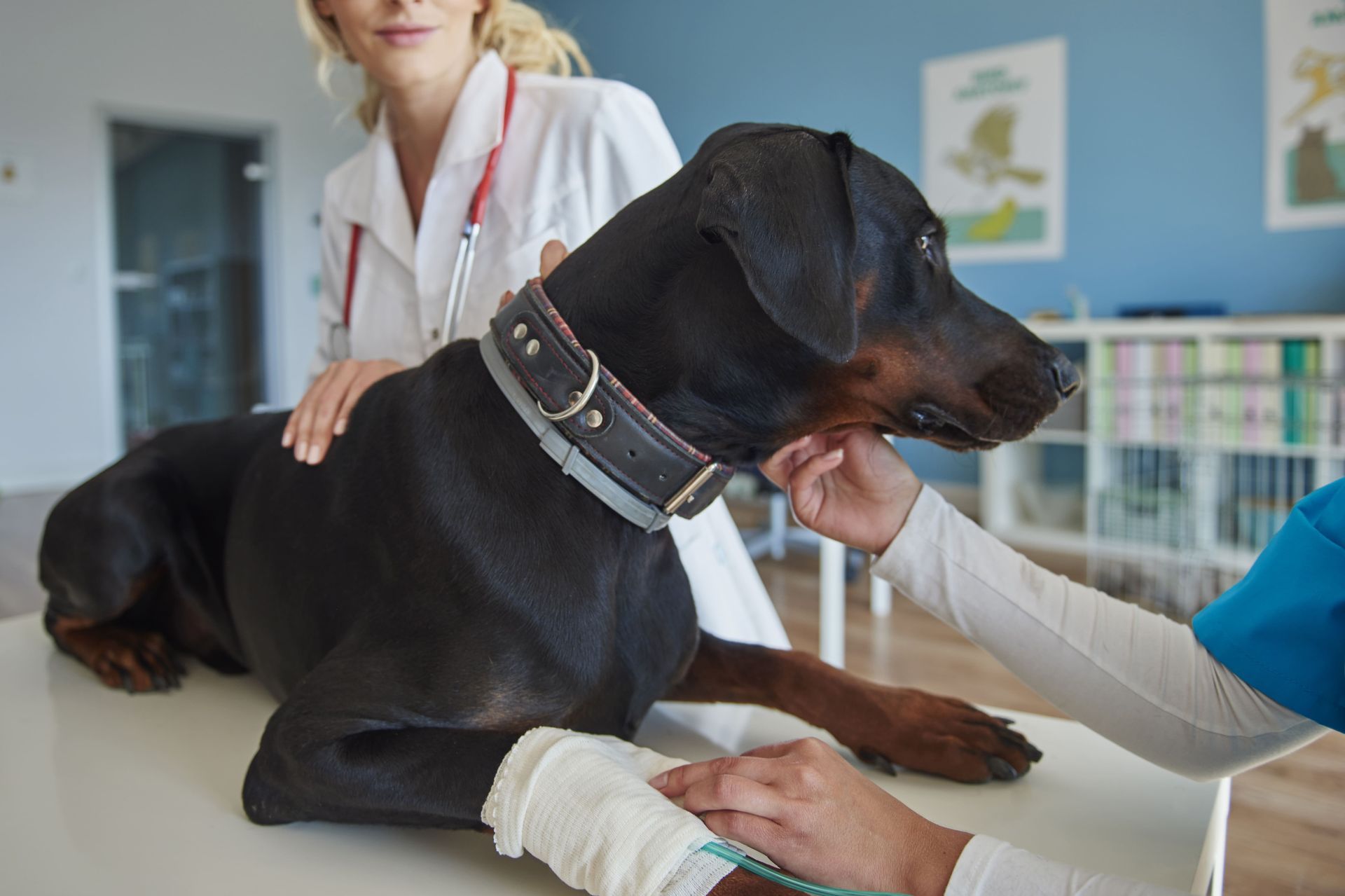The Road to Recovery: Caring for Your Dog Post-ACL Surgery
INTRODUCTION to dog acl surgery: a guide
Dog ACL surgery, known officially as canine cruciate ligament surgery, is a common procedure vets recommend for dogs with a torn ACL. This issue often comes from injury or strain, quite like what athletes experience. The ACL in dogs is crucial for stabilizing the knee joint during motion. So when it's damaged, your furry friend suffers from pain and mobility problems. The goal of the surgery is clear: to repair this vital ligament, easing pain and improving your dog's quality of life. There are different types of ACL surgeries for dogs, including TPLO and TTA, among others, chosen based on the dog's size, weight, and severity of the ACL tear. Recovery from this surgery is not overnight. It demands patience, careful attention, and a bundle of love. But don't fret. With the right care, your dog can bounce back, stepping into a happy, active life again.
Recognizing the Signs: When Your Dog Needs ACL Surgery
When your dog starts limping or shows discomfort while moving, it might be more than just a minor injury. ACL injuries in dogs are common and can lead to severe pain or even chronic conditions if not treated. So, how can you tell if your furry friend needs surgery? Look for signs like reluctance to put weight on one leg, noticeable limping, stiffness, especially after getting up, and a decrease in activity level. If they seem less eager to jump, run, or play, it's a red flag. Also, listen for clicking sounds from their knee. That's often a telltale sign of an ACL issue. Ignoring these symptoms can lead to further damage. If you notice these signs, a vet visit is crucial. They can confirm whether it's an ACL tear and discuss if surgery is the best path to recovery. It's all about keeping an eye out and acting fast for your dog's health.
Preparing Your Home for Your Dog's Recovery
Getting your home ready for your dog's post-ACL surgery recovery is crucial. Think simple. First, create a quiet, comfy spot where your dog can rest without being disturbed. This means away from high traffic areas. Soft bedding is key. Ensure it’s easy for them to get on and off without jumping or stairs. Next, consider your floors. Slippery floors are a no-go. Rugs or yoga mats can provide necessary traction so your dog doesn’t slip. Also, block off any stairs or areas that could tempt your dog to jump or run. Lastly, keep everything they need—food, water, favorite toys—close to their resting spot. This setup helps your dog heal without unnecessary strain or risk.
The First 24 Hours Post-Surgery: What to Expect
The first 24 hours after your dog's ACL surgery are crucial. Your furry friend will be groggy from the anesthesia, which is normal. They might seem disoriented or more sleepy than usual. Here's what you need to keep an eye on during this time:
- Limit Movement: Your vet will advise keeping your dog as still as possible. No jumping, running, or playing. This helps prevent any strain on the newly repaired ligament.
- Manage Pain: Pain management is key. Your vet will prescribe pain medication. Make sure to follow the dosage and schedule strictly. If your dog seems in more pain than expected, call your vet.
- Keep the Surgical Site Clean and Dry: Check the incision for any signs of infection like redness, swelling, or discharge. It's important the area stays clean and dry.
- Comfort is Key: Create a comfortable resting area. Keep your dog in a quiet, warm space where they can rest undisturbed.
- Hydration and Food: Some dogs might not have an appetite right after surgery. That's okay. Try to encourage them to drink water to stay hydrated. You can slowly introduce food as they seem more interested.
Remember, these first 24 hours set the stage for a successful recovery. Keep in close contact with your vet and don't hesitate to reach out with any concerns. Following these steps can help your dog bounce back stronger.
Pain Management and Medications After Dog ACL Surgery
After your dog undergoes ACL surgery, managing their pain is crucial for a smooth recovery. Your vet will likely prescribe pain medications specific to your dog's needs and health condition. Commonly used meds include anti-inflammatories to reduce swelling and pain, and opioids for more severe discomfort. It's essential to follow your vet's dosage instructions to the letter. Never give human painkillers to your dog; what's safe for us can be harmful to them. Also, be on the lookout for any side effects from the meds, like upset stomach or drowsiness, and report these to your vet. Remember, managing your furry friend's pain not only keeps them comfortable but also speeds up their recovery.
Essential Care Tips in the First Week
In the first week after your dog's ACL surgery, rest is crucial. Keep your dog in a quiet, comfortable space away from stairs and slippery floors. Use a leash for short bathroom breaks outside. No jumping or running is allowed. You'll need to manage their pain, too. Your vet will prescribe pain medication. Make sure your dog takes it regularly and monitor for side effects. Keep an eye on the surgery site. It should be clean and dry. If you notice swelling, redness, or discharge, call your vet. Your dog's appetite might be off. Offer small, easy-to-digest meals. If they're not eating by the second day, consult your vet. Lastly, love and patience are key. Your dog senses your emotions, so stay calm and supportive.
Physical Therapy and Rehabilitation Exercises
After your dog's ACL surgery, physical therapy and rehabilitation exercises are key components of the recovery process. These will help your dog regain strength and mobility. Most vets will recommend starting with gentle exercises. These include short walks, increasing slowly over time, and controlled swimming, which is excellent for building muscle without putting too much strain on the joints. Specific exercises might be recommended by your vet, such as leg lifts or providing gentle resistance while your dog tries to move its leg, to target specific muscles and improve joint function. Remember, patience is key. Pushing your dog too hard can backfire, causing setbacks in the recovery journey. Always follow your vet's advice and adjust the exercises according to your dog’s progress and comfort level.
Long-Term Recovery: Guidelines and Expectations
After ACL surgery, your dog's long-term recovery is crucial for a strong comeback. Recovery doesn't happen overnight. It spans over six to nine months, with steady progress. First, focus on rest. Your dog needs peace to heal. Limit their movement; use a leash even in the house to control their activity. Next, follow your vet's rehab plan. This might include gentle exercises, gradually increasing as your dog gets stronger. Diet plays a role too. Offer a balanced diet to support healing and manage weight, reducing strain on the healing leg. Regular vet check-ups are non-negotiable. These track recovery and adjust care as needed. Above all, patience is key. Healing takes time, and rushing can cause setbacks. Stick to the plan for your furry friend's full recovery.
Recognizing Complications: When to Contact Your Vet
After your dog's ACL surgery, keep a sharp eye on their behavior and the surgery site. Some swelling is normal, but redness, excessive swelling, or discharge could be a sign of infection. Another red flag is if your dog seems more in pain than before, which isn't part of the healing process. If they refuse to eat or drink, it's a sign something's not right. Also, look out for them not being able to use their leg at all within a few days post-surgery; some improvement should be visible. Lastly, a fever is a definite signal to call your vet immediately. Remember, you know your dog best. Any drastic change in their normal behavior is worth a vet call. Quick action can prevent minor issues from becoming serious. Keep it simple and pay attention to these signs.
Summary and Final Thoughts on Dog ACL Surgery Recovery
Dog ACL surgery recovery might seem daunting at first, but understanding what's involved can ease that feeling. Your furry friend's road to recovery will involve strict rest, careful monitoring, and following your vet's instructions to the T. It's a journey that typically spans 8 to 16 weeks, depending on how well your dog heals and adheres to the recovery plan. During this time, patience is key. Your dog may show signs of improvement and then have days where they seem to regress. This is normal. Keep in mind, the goal is to ensure a full recovery where your dog can run, play, and enjoy life without pain. Remember, investing time and effort now in your dog's recovery will pay off in the long run. Stay positive, stay vigilant, and soon enough, you and your four-legged friend will be back to enjoying your walks in the park and all the adventures that lie ahead.
